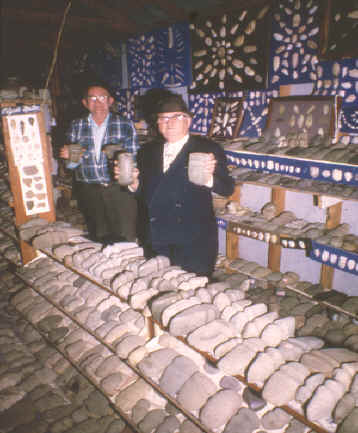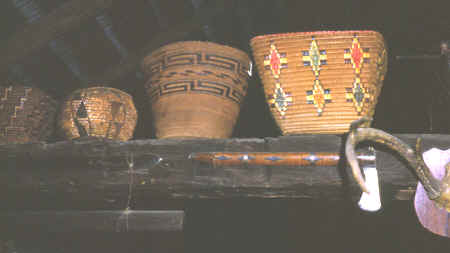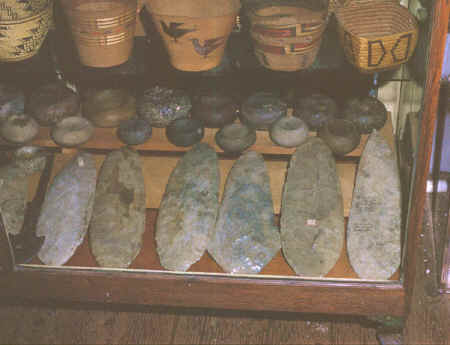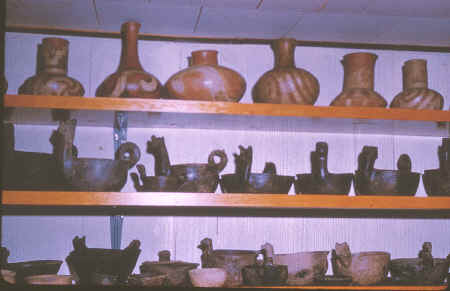|
|
|
Some collectors never buy an artifact. Everything they have are personal finds. These people are often times the ones who record the locations of their finds. These types of private collections offer the most to science. Cities are constantly expanding outward and more and more rural areas are being developed. Important archaeological sites would be completely unknown if it weren't for the information available in some of these personally found surface collections. |
|
|
|
|
Most of the ceramic vessels in these collections would have been dug from Mississippian cemeteries. These types of items have presented the most controversy because they are more-often-than-not associated with human remains. In recent years, new federal and state laws now forbid or highly restrict most excavations of human remains. |
|
|
Many of the "old time" collectors were never presented with the controversies of collecting ancient artifacts as the collectors of today. There were fewer people then and the issues didn't seem to be as important as they are in today's fast paced society. Today there is a much larger market for antiquities and in fact there doesn't seem to be enough to supply the demand. Population growth and urban expansion are probably two of the main factors impacting collecting issues. |
|
|
|
|
Most of the "old time" collectors, were confronted with a large counterfeit market of artifacts that began mainly with ground stone copies of bannerstones, discoidals, birdstones and pipes. Early flaked stone artifacts began to be produced in the late 1800's. They were made from old points that were rechipped along the edges into fanciful shapes. In recent years, ever increasing numbers of skilled flintknappers have flooded the market with very fine copies of old artifacts. Some of them have very realistic looking patina. Fine copies of late Stone Age ceramic vessels are also a more recent phenomenon. |
|
| CONTINUE ON TO PAGE THREE | |
|
"REFERENCES"
1960
Wachtel, H. C., "Who's Who In Indian Relics No. 1," pp.
68-69. |
|




